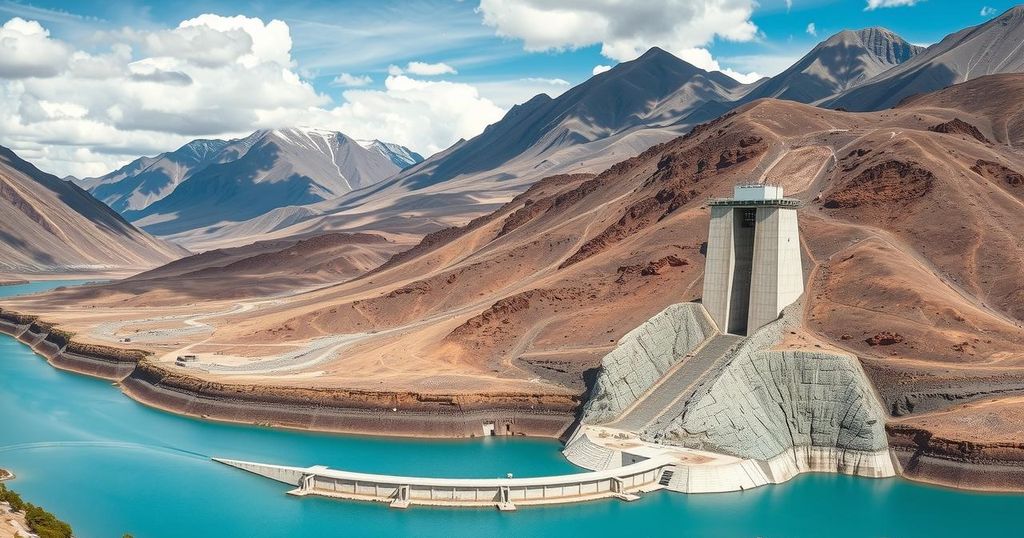China is intensifying dam construction in Tibet despite recent seismic activity that resulted in 126 deaths. Over 14,000 rescue personnel are deployed amid challenging weather conditions. The International Campaign for Tibet warns of heightened risks linked to these dam projects. Critics highlight the ecological and diplomatic ramifications, as China aims to significantly expand its hydropower capabilities.
China has increasingly focused on Tibet as a site for hydroelectric dam construction, despite the region’s susceptibility to seismic activities. Following a recent earthquake that claimed 126 lives, authorities have mobilized over 14,000 rescuers to assist affected areas. Poor weather conditions, marked by sub-zero temperatures, complicated these efforts, and the quake, which measured 7.1 on the Richter scale, was felt across neighboring regions, including Nepal and parts of India.
The Chinese government continues to pursue hydroelectric projects, despite a report from the International Campaign for Tibet (ICT) that highlights the risks of increased landslides and flash floods associated with such constructions. The number of dams planned for Tibet has escalated from 114 to 193, with a significant proportion—approximately 80 percent—designated as large or mega dams, projected to generate substantial amounts of hydropower. These developments raise alarms among environmentalists and local communities who fear potential ecological degradation.
The proposal to divert rivers has sparked further criticism, particularly regarding its potential impact on relations with neighboring India. Detractors of the ICT report argue that it fails to differentiate between hydropower dams and others aimed at water supply or flood control. The local populace has previously expressed opposition to dam projects that threaten cultural sites, indicating growing tensions surrounding these infrastructural plans. Despite these challenges, China’s commitment to expanding energy production, including the anticipated construction of the world’s largest dam on the Yarlung Tsangpo River, reflects its broader strategy to transition from fossil fuels.
Tibet is situated on a geological fault and experiences frequent earthquakes, making it a challenging area for construction projects such as large dams. The Chinese government views Tibet as an opportune region for hydroelectric development to address energy demands. The region houses several major rivers, leading to substantial hydropower potential, estimated at about 110 gigawatts. However, environmental concerns and the potential for disaster related to seismic activities pose significant risks to the local ecosystem and communities. The ICT has reported a marked increase in the number of dams planned or under construction in Tibet, raising concerns about ecological and humanitarian consequences. The ongoing construction aligns with China’s ambitions to enhance clean energy production and reduce reliance on fossil fuels amidst global climate challenges. Despite resistance, infrastructural projects in Tibet proceed amid growing scrutiny and criticism from various stakeholders.
In summary, China’s ambitious plans for hydroelectric dams in Tibet persist despite the region’s vulnerability to earthquakes and rising environmental concerns. The recent earthquake that resulted in loss of life underscores the necessity for critical evaluation of such infrastructure projects. As the Chinese government seeks to bolster energy production, the implications for local communities, ecological stability, and international relations warrant thorough consideration.
Original Source: www.asianews.it







